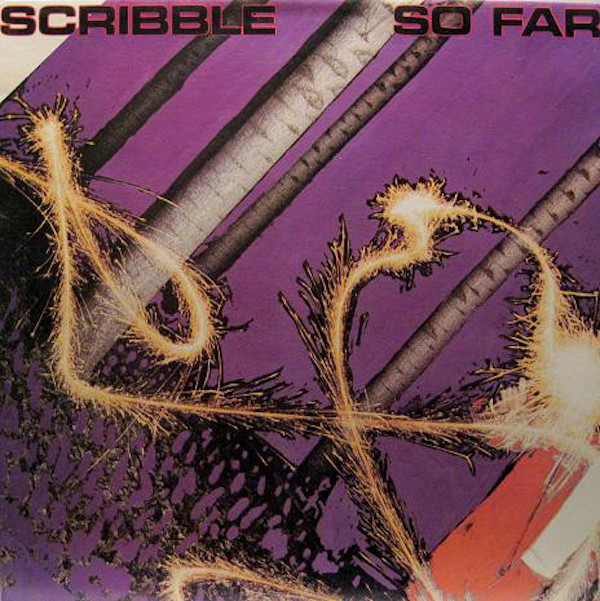 Scribble was a short-lived project of Australian musician and songwriter Johanna Pigott, formerly of punk band XL Capris. Acting as lead vocalist, guitarist, pianist, keyboardist, songwriter, and producer, Pigott recruited her partner Todd Hunter for bass and keyboards, as well as a slew of session musicians. She eventually dissolved Scribble to focus more on her writing, and went on to rack up many songwriting and screenwriting credits, including Keith Urban’s first single, “Only You,” which is unsurprising given how good it is (also he looks confusingly hot in this admittedly blurry video? I regret none of these opinions). Though Scribble has garnered a little bit of cult interest, it never received much critical acclaim that I would argue this record most certainly deserves.
Scribble was a short-lived project of Australian musician and songwriter Johanna Pigott, formerly of punk band XL Capris. Acting as lead vocalist, guitarist, pianist, keyboardist, songwriter, and producer, Pigott recruited her partner Todd Hunter for bass and keyboards, as well as a slew of session musicians. She eventually dissolved Scribble to focus more on her writing, and went on to rack up many songwriting and screenwriting credits, including Keith Urban’s first single, “Only You,” which is unsurprising given how good it is (also he looks confusingly hot in this admittedly blurry video? I regret none of these opinions). Though Scribble has garnered a little bit of cult interest, it never received much critical acclaim that I would argue this record most certainly deserves.
Prim, elegant sophisti-pop tinged with post punk and new wave. Opener “It’s Blue” is such a pleasurable, effortless piece of guitar pop that it feels like taking a hot bath and is a big part of why I’ve had this record on repeat for the past few weeks. Elsewhere, find Pigott’s opiated, smoky, slow-jazz take on “The Lady Is A Tramp,” bombastic brassy new wave on “Adaptability,” and an absolutely sublime cover of Roxy Music’s “Mother Of Pearl,” which, despite being eight minutes long, always makes me wish it were longer. An ideal wintertime record that feels more and more like a favorite sweater with each listen. Thank you Flo for bringing me here via this excellent mix :}
Tag: 1985
Daniel Lentz – Missa Umbrarum, 1985
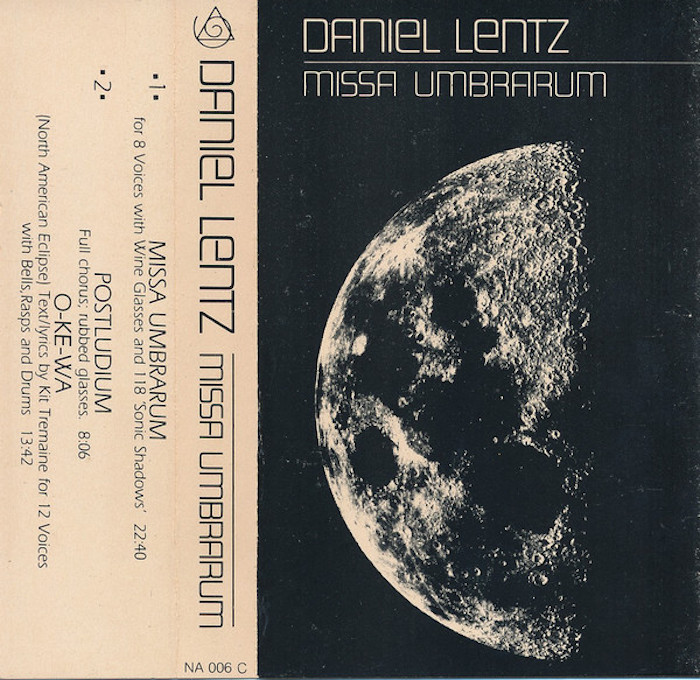
Another progressive and very beautiful collection of compositions from undersung genius Daniel Lentz. Missa Umbrarum, or “mass of shadows,” is named in part for its use of 118 “sonic shadows” in the title piece, produced using a 30 second tape delay technique. It was originally written in 1973, and a first version of “O-Ke-Wa” was written for eight voices in 1974, so I’d assume that “Postludium” was written around the same time. Though it includes a singing of the Agnus Dei, the piece explores similar tonal territory to “Lascaux,” which appears on his excellent On The Leopard Altar as well as on some later releases of Missa Umbrarum.
A mystical invocation of the Christian Last Supper, much of the titular mass employs a severe, fixated kind of devotional singing that makes me think of Geinoh Yamashirogumi, though it also includes wine glass resonance, with the pitches shifting as the singers drink. On the first repetition of a phrase, the lowest notes of the segment are played, and then the singers drink from the glasses before adding the next layer at a higher pitch. Though there are only eight voices in the piece, between this layering technique and the use of the tape delay “sonic shadows,” we eventually end up with a very large choir, cut through with the weightless ring of the glasses. Lentz has long been interested in both the sonic and aesthetic value of wine in performance–please refer to this bananas interview for more information.
The other two pieces are gentler, more pillowing explorations of vocal dialogue, the soft bubbling percussion of Native American bone rasps, and an even more expansive wine glass resonance that very much evokes a cathedral full of sound. When asked about the closing piece in an interview, Lentz had this to say:
Interviewer: “O-ke-wa (North American Eclipse),” a piece for multiple voices, drum, bone rasps and bells, is based on the O-ke-wa, the Seneca Native American dance for the dead. Ritual appears to be implicit to this 1974 piece in terms of structure and explicit in terms of performance.
Lentz: In [both versions of “O-ke-wa”], each singer is a soloist having his / her own text and melody. The melodies become the harmonies via the singers extending the notes of each of their melodies. It’s to be performed with the performers moving around the listeners, allowing individual lyrics and music to always be somewhere else when it sounds again. It is also how the original O-ke-wa dance was done in the Seneca Native American death ceremony – usually from dusk to dawn for them. The ritual element of this piece is very important to me, as it is for “Missa Umbrarum.” I am a small part Seneca, briefly a Catholic as well. The piece works best in a resonant environment.
World Standard – World Standard, 1985
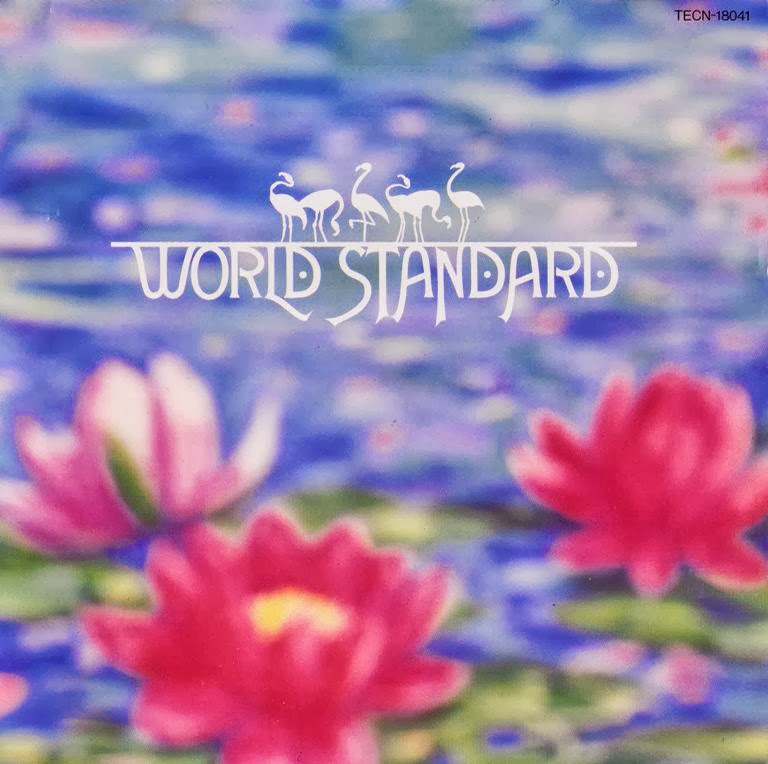
Another one from the understatedly brilliant Soichiro Suzuki, aka World Standard. This is a completely different beast from the last of his records that I posted–it’s effectively lyricless, and is less a pop record than it is a somewhat anonymous amalgam of different folk traditions (though there’s plenty of Japanese folk in here). Hosono provides production and sounds; Hosono would later go on to release Soichiro Suzuki’s also excellent World Standard II on his then new FOA label.
This record is deceptive, heartbeaking, and again, understated–I think I probably heard it two or three times before I properly listened to it. It doesn’t command attention, but once it gets its hooks in you, they’re stuck. A slew of string instruments from all over, very tasteful percussion, and gorgeous wordless vocal layering courtesy of Pizzicato V (!) and Sandii (!). Alternately playful (opener “太陽とダァリヤ,” which, in perfect Hosono form, has an abrupt Beach Boys-esque reverb vocal harmony breakdown), moody (“逝ける王女のためのパヴァーヌ” is an appropriately cinematic version of Ravel‘s “Pavane pour une infante défunte”), and deeply emotive (“水夫たちの歌声” has left me in tears a few times). There’s something reminiscent of Penguin Café Orchestra–the music is pastoral and very evocative, but it’s not totally clear of where or what, and it feels oddly timeless. Weightless and heavy-hitting. If it’s for you, it’s definitely for you.
Sebestyén Márta & Szörényi Levente – Szerelmeslemez, 1985
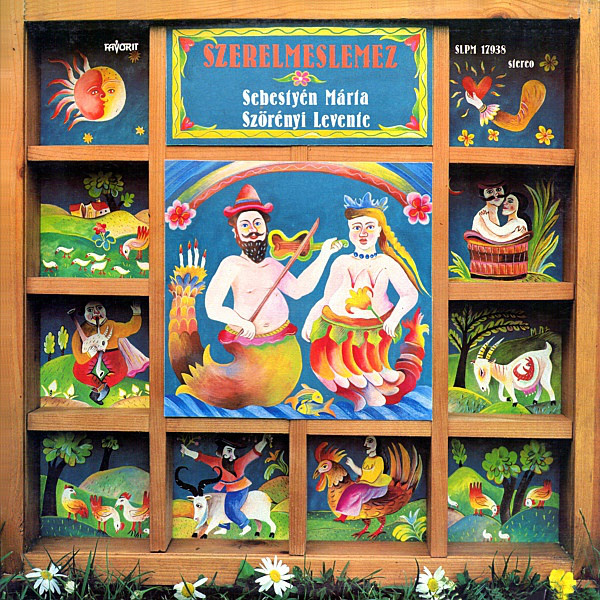
Gorgeous interpretations of traditional Hungarian folk songs, fleshed out in full color with synth and drum machine textures. Effortless vocals predominantly by Sebestyén Márta, a folk singer, composer, and actress who has also worked with Deep Forest (!). There’s something Virginia Astley-esque about the deliberately innocent quality of her voice, though perhaps that’s a typical affect of traditional Hungarian folk singing–I sadly wouldn’t know. The prolific musician and songwriter Szörényi Levente contributes some vocals as well (presumably in addition to much of this instrumentation, though I can’t find full credits anywhere), and his brother Szörényi Szabolcs produced the record.
I’ve listed the song titles in Hungarian followed by their English translations where applicable. There’s a lot to love here, texturally: rolling, churning synth and drum machine on tracks like “Segélj El Uramisten” and “Szerelem, Szerelem” that reminds me of Sakamoto; more abstract chirping sample play on “Este Lett;” but the centerpiece is the floating, sinewy stunner “András,” previewed below. Impressively, Szerelmeslemez (“Love Record”) only gets increasingly generous with additional eartime. Enjoy!
Ryuichi Sakamoto – Esperanto, 1985
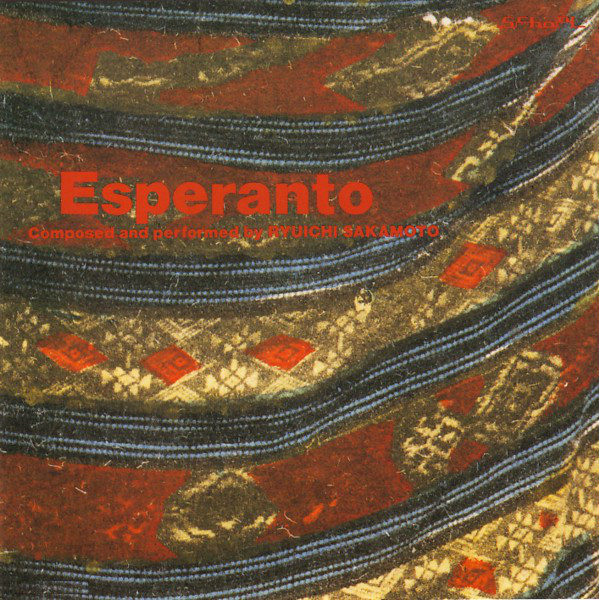
Guest post by Andy Beta (Twitter / IG)
Last year was brutal in almost every aspect, from the social to the international to the personal. Amid such rubble, there was a bit of a silver lining, in that I achieved a noteworthy professional achievement: interviewing Ryuichi Sakamoto for the Gray Lady. We sat one afternoon and sipped tea at a café near his West Village home and discussed his stunning new album, async, and also drifted onto some other topics. He talked about his recent interest in La Monte Young’s Composition 1960 #5 as well as the works of Japanese sound artist Akio Suzuki. “One of his early pieces was a big concrete cube in a gallery and he pushed it so it made a sound of friction on the floor,” Sakamoto enthused. “It’s beauuuutiful music.”
We even briefly touched on one of my favorite solo albums of his, 1985’s Esperanto. Originally commissioned for a dance performance from New York-based choreographer Molissa Fenley, it’s one of Sakamoto’s earliest forays into sample-based music and it’s as bewildering, playful, formidable and forward-looking as anything in his catalog. He told me that the computer he used to make the album was massive, holding his hands out wider than his body to show the size of the actual discs that stored mere seconds of sound. The album also features tasteful percussion work from Yas-Kaz and some guitar slashes courtesy of Arto Lindsay.
There’s news that Light in the Attic will be reissuing an incredible amount of Japanese music over the next few years and while I’m sure that Sakamoto’s work will receive some long overdue reassessment in the west (almost none of his groundbreaking 80’s work is available for streaming, which is just ridiculous), I wonder if an album as far-out as Esperanto will be high on the priority list. That said, recently graphic designer and album illustrator Robert Beatty enthused about Sakamoto’s work and this album in particular, which prompted a reply from Visible Cloaks’ Spencer Doran:
esperanto fun fact: all the tracks are actually 15 minutes long. they recorded it before was finished and didn’t know how long each dance section needed to be edited to so they intentionally overshot the length of each piece. the tapes still exist!
Here’s hoping that full 15-minute immersions into pieces like “A Rain Song” and “A Carved Stone” might re-emerge one day. Until then, enjoy for a limited time this visionary work from the master.
Veetdharm Morgan Fisher – Water Music, 1985
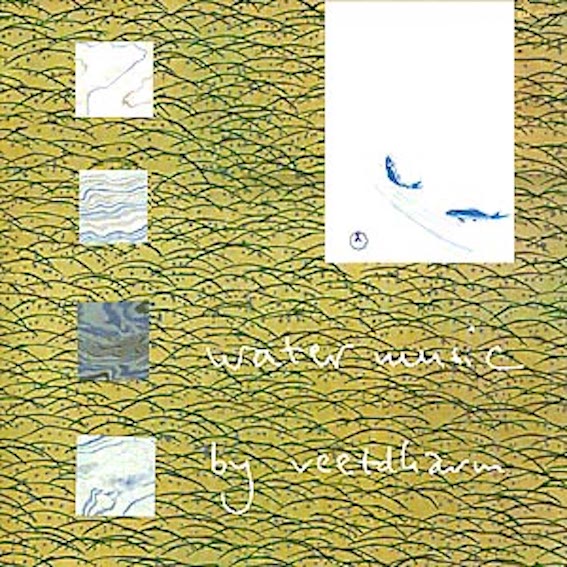
Morgan Fisher, a London-born musician and photographer, has had a long and dense career in which he’s covered a lot of ground–both literally and figuratively. You can read about it in detail here, but some highlights include touring with Queen, building an ambient music studio in Japan (at which Water Music was recorded, among others), and working with Hosono, dip in the pool (he plays piano on “Dormir”), Roedelius, Yoko Ono, Yasuaki Shimizu, and Julee Cruise. He is still very active.
It seems that he’s acquired many names over the course of his life, and I can’t find any information about the origin of Veetdharm, under which this and a few of his other releases are listed on Discogs, but my guess would be that it was given to him either during his time living in India or in Medina Rajneesh, a Suffolk commune of Osho disciples housed in a giant mock-Tudor manor.
Water Music is immediately reminiscent of Yoshimura’s Surround, though it predates it by a year. If anything, it’s slightly denser and more piano-driven, but aside from an obvious thematic interest in water, the two records share a delicacy and a proclivity towards synth pads that seem to evaporate rather than decay. As I understand it, the entirety of this record was improvised and recorded over the course of two days on synthesizer, piano, tape delays, bowed guitar, and shell chimes. The original was released on the legendary Cherry Red label; this extended version is from a CD-reissue released in, I believe, 1997. It’s very, very beautiful. Thank you, Ian, for bringing me here!
Haruomi Hosono – Mercuric Dance, 1985
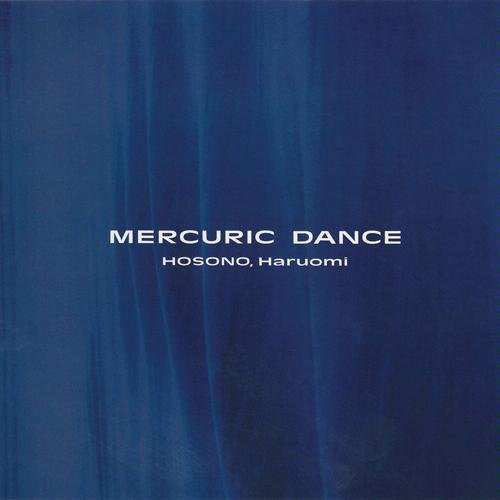
Track 2 : 水星 = Mercury
Track 3 : 金星 = Venus
Track 4 : 地球 = The Earth
Track 5 : 火星 + 木星 = Mars + Jupiter
Track 6 : 冥王星 = Pluto
Track 7 : 海王星 = Neptune
Track 8 : 月 = The Moon
Track 9 : 真空 = The Void
Toshifumi Hinata – Sarah’s Crime, 1985

Guest post by Ian Hinton-Smith
15 Favorite Releases of 2015
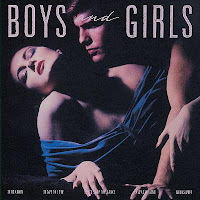 |
buy |
|
 |
||
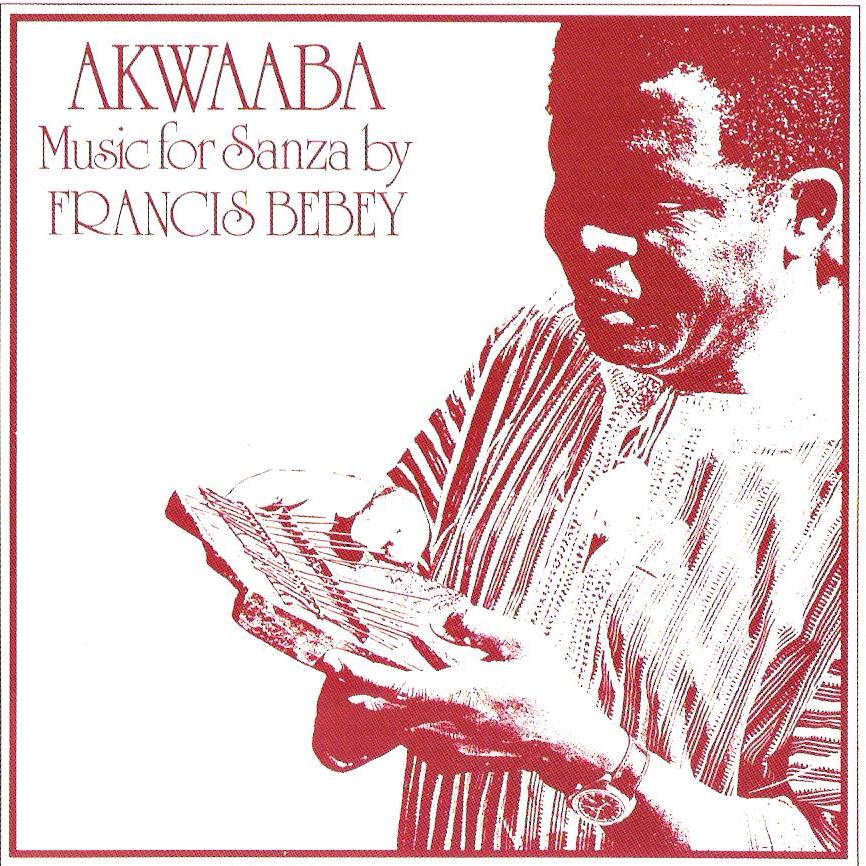 |
buy / download |
|
 |
buy / download |
|
 |
||
 |
download |
|
 |
download |
|
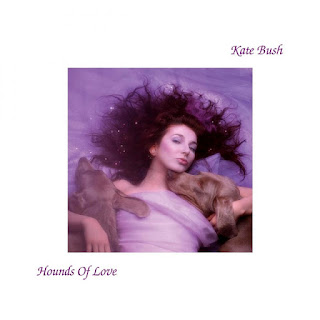 |
buy |
|
 |
buy |
|
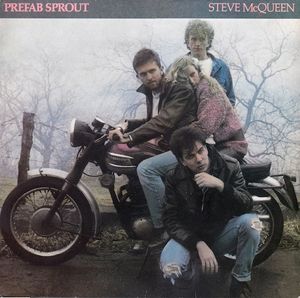 |
buy |
|
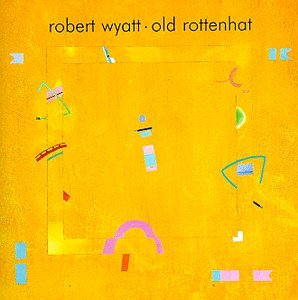 |
buy |
|
 |
buy |
|
 |
buy / download |
|
 |
buy / download |
|
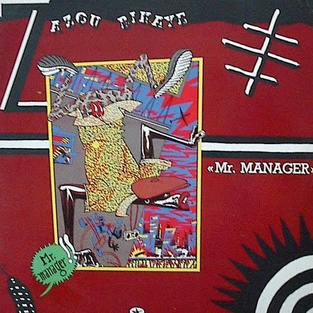 |
download |
The Tallis Scholars – Spem In Alium, 1985

The motet is laid out for eight choirs of five voices. It’s most likely that Tallis intended his singers to stand in a horseshoe shape. Beginning with a single voice from the first choir, other voices join in imitation, each in turn falling silent as the music moves around the eight choirs. All forty voices enter simultaneously for a few bars, and then the pattern of the opening is reversed with the music passing from choir eight to choir one. There is another brief full section, after which the choirs sing in antiphonal pairs, throwing the sound across the space between them. Finally all voices join for the culmination of the work. Though composed in imitative style and occasionally homophonic, its individual vocal lines act quite freely within its elegant harmonic framework, allowing for a large number of individual musical ideas to be sung during its ten- to twelve-minute performance time. The work is a study in contrasts: the individual voices sing and are silent in turns, sometimes alone, sometimes in choirs, sometimes calling and answering, sometimes all together, so that, far from being a monotonous mess, the work is continually presenting new ideas.